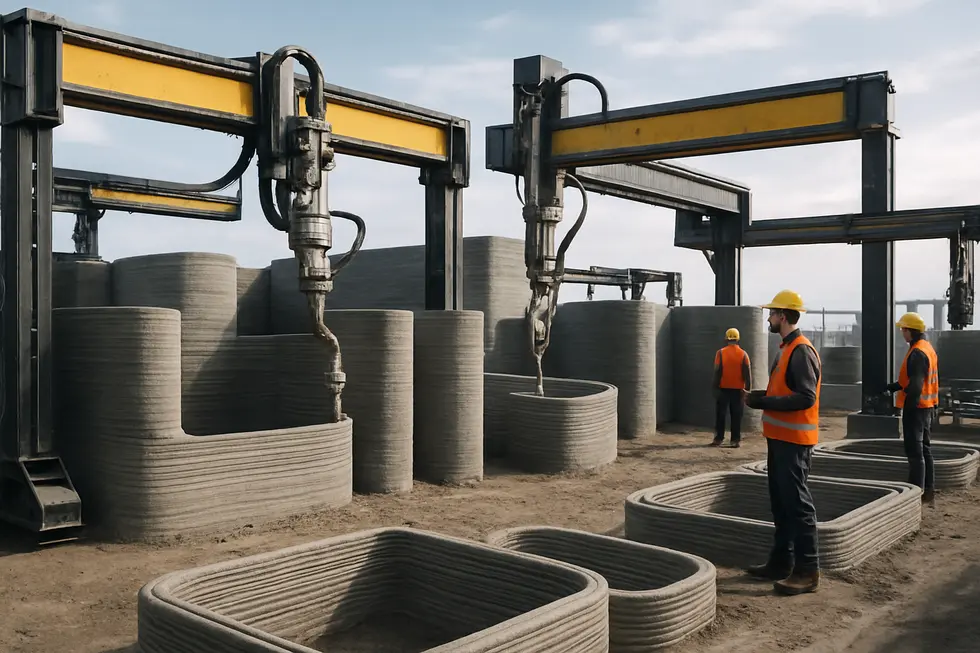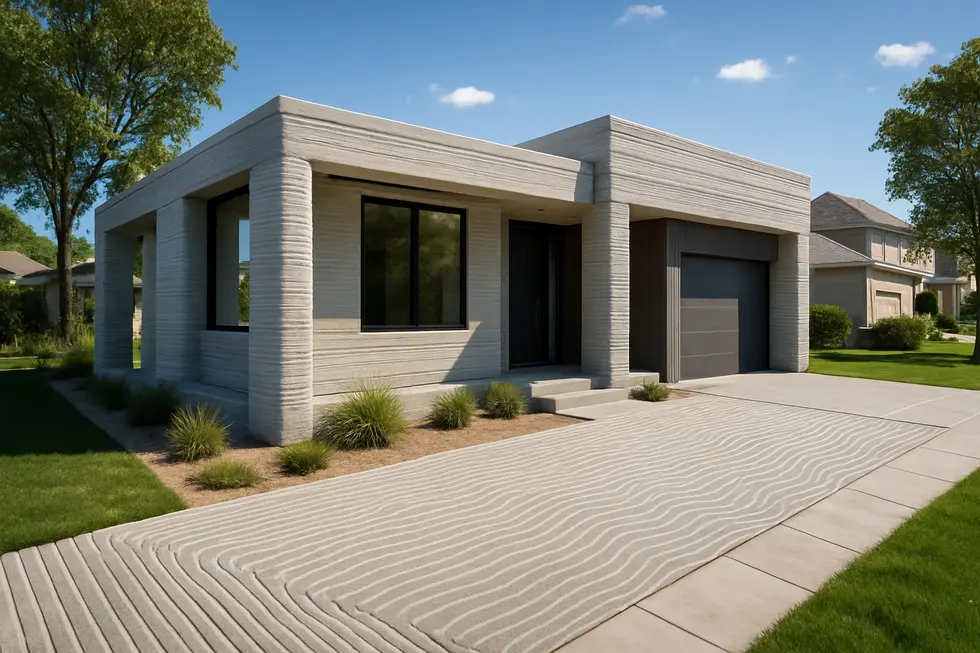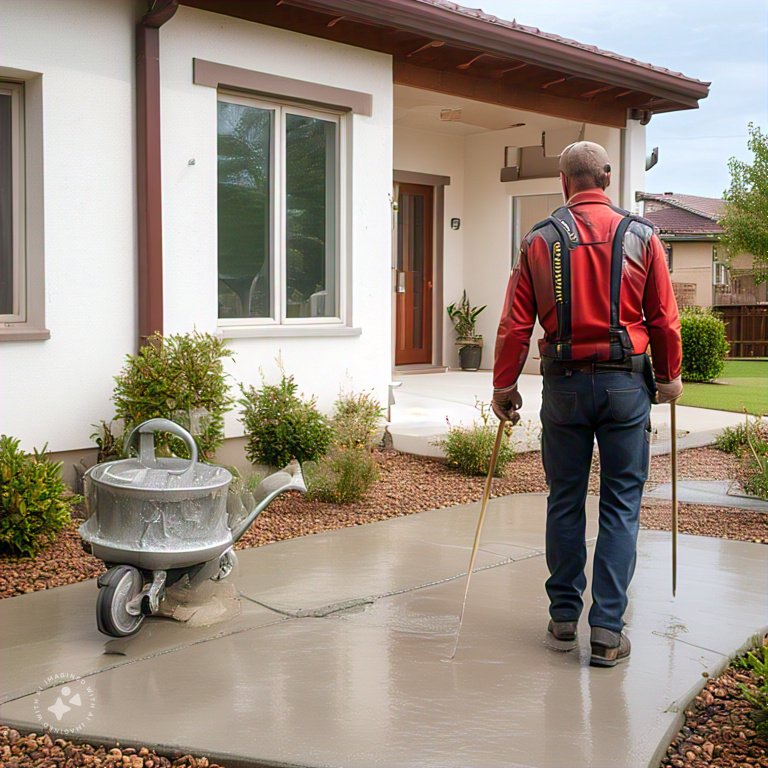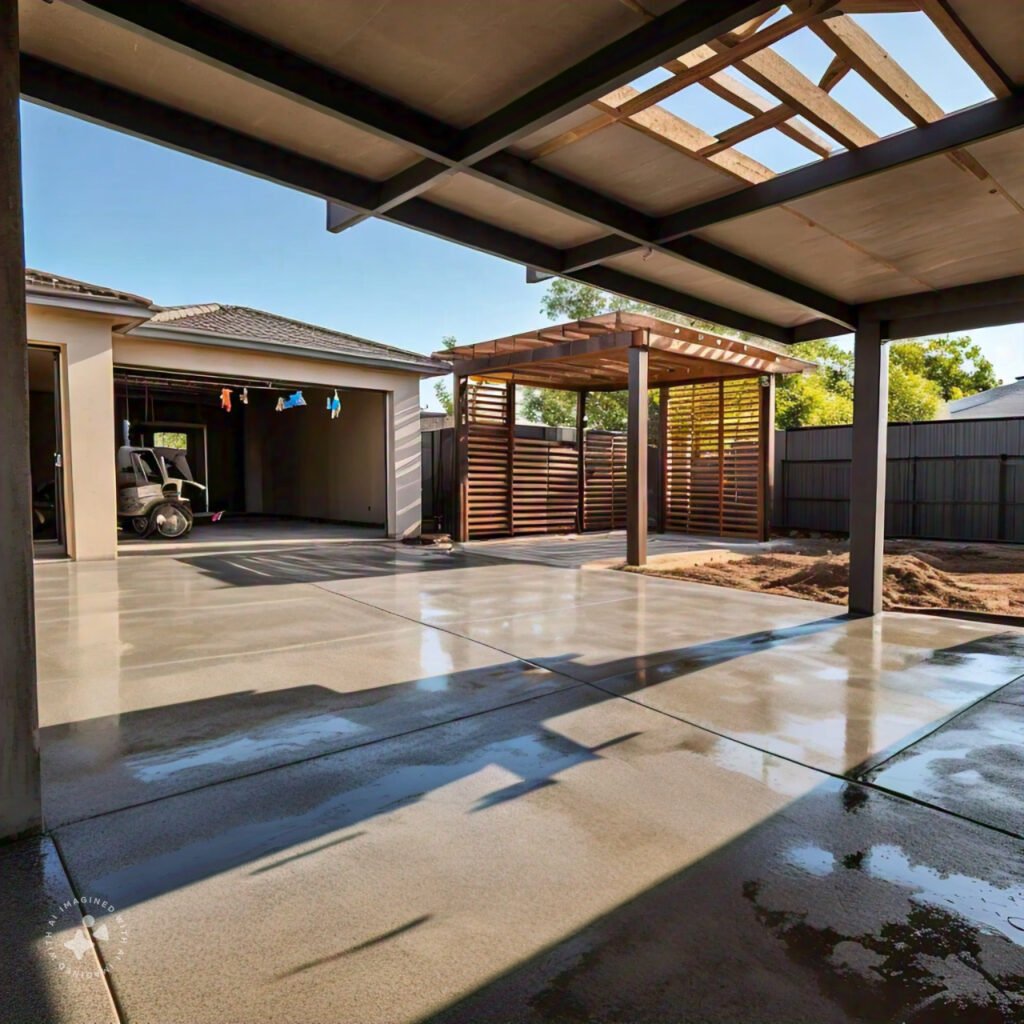The integration of 3D printing into concrete construction is redefining building practices for homeowners. This innovative approach offers enhanced precision, reduced costs, and faster project completion, setting new standards in the industry. As technology advances, understanding the benefits and implications of 3D printing in concrete construction becomes essential for homeowners seeking durable and aesthetically pleasing structures. This article explores how 3D printing is at the forefront of transforming concrete construction projects, promising a new era of efficiency and customization.
The Impact of 3D Printing on Concrete Construction Technology

At a bustling construction site, massive robotic arms tower over a sprawling workspace, meticulously extruding layers of fresh concrete with precision. Large-scale 3D printers, equipped with advanced nozzles and high-powered pumps, dominate the scene, showcasing groundbreaking technology that’s revolutionizing how structures are built. Construction workers, outfitted with protective gear, operate these sophisticated machines, monitoring their movements and ensuring accuracy. The printed architecture emerges beneath their supervision—walls, intricate curves, and even complex facades—all created seamlessly without traditional formwork.
This emerging technology harnesses the power of digital design, where architects and engineers craft detailed models that translate directly into tangible structures. The 3D printers interpret these designs—layer by layer—layering fast-curing concrete materials that bond strongly and cure rapidly, significantly reducing construction timelines. The scene displays an array of equipment, from large robotic gantries to mobile units that traverse the site, all connected via centralized control systems that coordinate their movements with precision.
The textures and details of the printed structures are visibly sharp, capturing intricate designs with minimal material waste—an essential step towards sustainable construction. These large-scale printers can produce a variety of architectural features—arched doorways, decorative facades, or even complete structural shells—showing the versatility that 3D printed concrete offers. The scene underscores how emerging technology allows for customization at an unprecedented scale, adapting to unique site specifications and architectural visions.
Behind this technological marvel, the integration of advanced machinery signifies a shift towards smarter, more efficient construction practices. Real-time monitoring systems track print quality, while automated controls adjust for optimal curing and bonding. This synergy of robotics and concrete innovation not only accelerates project timelines but also enhances safety by reducing manual labor in hazardous environments.
By emphasizing innovation in the field, this scene vividly illustrates the potential of 3D printing to transform residential and commercial projects. The impact extends beyond aesthetic possibilities; it impacts the economics of construction, offering cost-effective solutions that can be deployed rapidly, especially in remote or challenging locations. For homeowners and developers alike, this breakthrough technology promises structures that are durable, customizable, and built with greater efficiency. For more insights on how this innovative approach is redefining construction standards, visit a comprehensive resource on modern concrete solutions.
Advantages of 3D Printed Concrete for Homeowners

The advent of 3D printing technology in concrete construction has opened new horizons for homeowners seeking durable, customized, and visually appealing residential features. When inspecting a finished 3D printed concrete driveway and facade, many homeowners notice the distinctive, seamless appearance that sets these structures apart from traditional poured concrete. This seamless finish not only enhances aesthetic appeal but also signifies structural integrity and resilience, as the printed layers are fused together with precision. Such construction methods often result in highly durable surfaces that withstand weather conditions, ground movement, and everyday wear over time, reducing the need for frequent repairs.
One of the most compelling benefits is the extraordinary level of customization possible with 3D printed concrete. Homeowners can choose intricate designs, personalized textures, and unique shapes that reflect their individual style. This innovation allows for the integration of decorative elements directly into the structure, eliminating the need for additional surface treatments or cladding. Additionally, 3D printing enables the inclusion of integrated features such as grooves for drainage or aesthetic patterns that would be challenging and costly with traditional methods.
Aesthetic versatility is a significant advantage, as the technology can mimic natural textures or produce sleek modern finishes. This means homeowners are no longer limited to standard concrete slabs; they can have customized facades and driveways that complement the overall architectural style of their homes. For instance, a modern residence with a minimalist design can benefit from sharp, clean lines achieved through precision printing, while more rustic homes might incorporate textured patterns that resemble natural stone.
The efficiency of 3D printing also translates into cost savings and reduced construction time. Traditional concrete work involves multiple stages, skilled labor, and longer curing periods. In contrast, 3D printing streamlines the process, reducing labor costs and construction delays. For homeowners, this means quicker turnaround times and potentially lower project expenses. Furthermore, the material usage is optimized, minimizing waste and making the process more environmentally friendly.
Environmental considerations also favor this innovative approach. Using precisely measured amounts of concrete reduces excess material, and the less invasive process diminishes the impact on surrounding landscapes. Over time, the durability and low maintenance requirements of 3D printed concrete further enhance its appeal, offering long-term value.
For homeowners contemplating renovation or new construction, exploring the possibilities of 3D printed concrete can be transformative. The technology combines strength, aesthetics, and sustainability in ways that traditional methods struggle to match. As this method continues to evolve, integrating advanced features and even smart elements into residential concrete structures becomes feasible, promising a future where homeowners benefit from truly bespoke, resilient, and beautiful homes.
To see more examples of customized concrete projects that leverage this innovative technology, homeowners can visit concrete driveways and more. This approach not only enhances visual appeal but also ensures that residential projects stand the test of time, offering both peace of mind and a unique personal touch.
3D printing is revolutionizing concrete construction by offering innovative, efficient, and customizable building solutions for homeowners. This technology not only speeds up project timelines but also enhances durability and design flexibility. As 3D printing continues to evolve, homeowners can expect higher quality infrastructure with reduced costs, making modern construction more accessible and sustainable. Staying informed about these developments ensures homeowners can leverage the latest advancements for their property improvements and future projects.
Ready to upgrade your home with innovative concrete solutions? Contact Houston’s trusted experts today!
Learn more: https://ccsconcretedriveways.com/#quote
About us
At Cross Construction Services, we specialize in creating durable, aesthetically pleasing driveways that not only enhance the curb appeal of your home but also add significant value to your property. With over three decades of experience in the construction industry, our team in Houston, Texas, is committed to delivering top-quality craftsmanship and unparalleled customer service.


